On-Demand Functional SLS Parts and Prototypes
Get custom SLS 3D printed prototypes and production parts from as fast as 2 days.
- All uploads are secure and confidential
Certifications
ISO 9001:2015 | ISO 13485:2016 | IATF16949
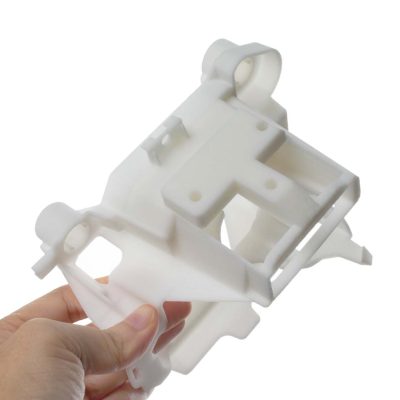
- Lead times from 2-3 days
- PA12 or PA12+ glass fibre material options
- From 1 to 10,000+ parts
- ISO and IATF certified
- FREE instant quotations
Our SLS 3D Printing Services
Selective Laser Sintering or SLS is an industrial 3D printing technology. It builds accurate and durable parts from nylon (PA 12) materials one layer at a time. The combination of low cost per part, established materials and its speed makes SLS a go-to solution among engineers for functional prototypes and low volume production parts.
SLS 3D printing is a mature, stable and repeatable process which can replace conventional manufacturing methods to produce parts. There are several distinct advantages to selecting SLS for your prototype or production requirements.
| Our Capabilities | Industrial SLS |
| Maximum build size | 400 x 400 x 450 mm (15.7″ x 15.7″ x 17.7″) |
| Lead time | 2-3 days |
| Resolution | ± 0.2mm |
| Prototyping Applications | Functional and high-fidelity prototypes |
| End-use applications | Low volume functional end-use parts |
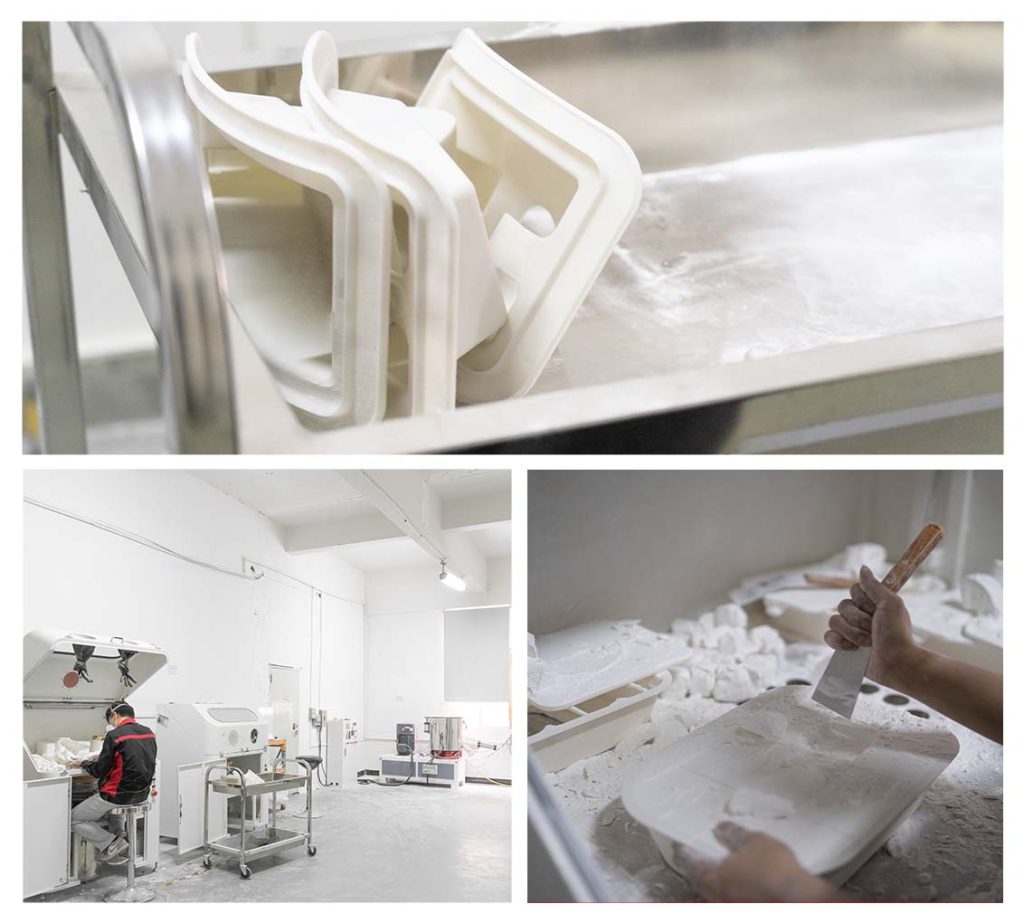
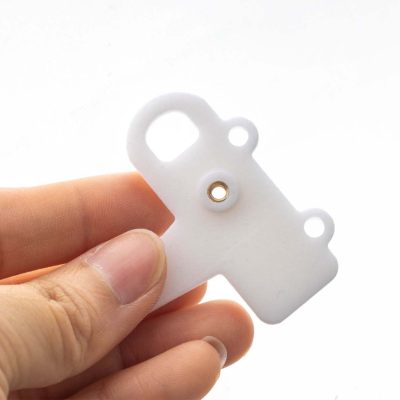
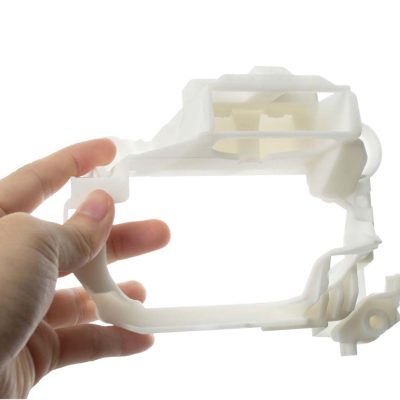
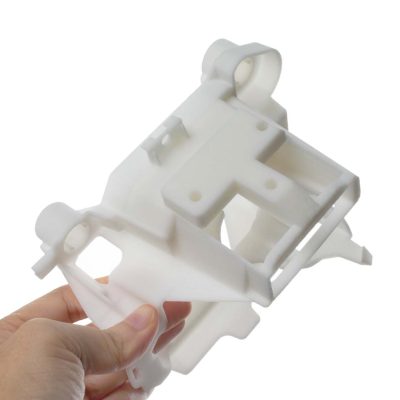
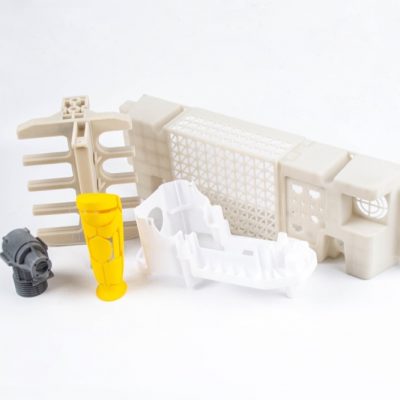
SLS 3D Printing Materials
TPU
With SLS, you can 3D print TPU or rubber-like parts. It is very elastic, flexible, and smooth to the touch, but at the same time, extremely durable and strong. It is widely used in the automotive, medical and consumer goods industries.

PA12+GF
When filled with glass fibers (GF), SLS printed nylon can be a good alternative to metal. PA+GF offers the same advantages as polyamide but with much higher thermal resistance (up to 110°C), strength and rigidity. As such, it is ideal for demanding conditions where toughess, temperature performance or wear resistance is key.

PA12
PA or nylon material have high wear resistance, high thermal stability and are exceptionally strong. For these reasons, SLS-printed nylon parts are popular among engineers across many sectors
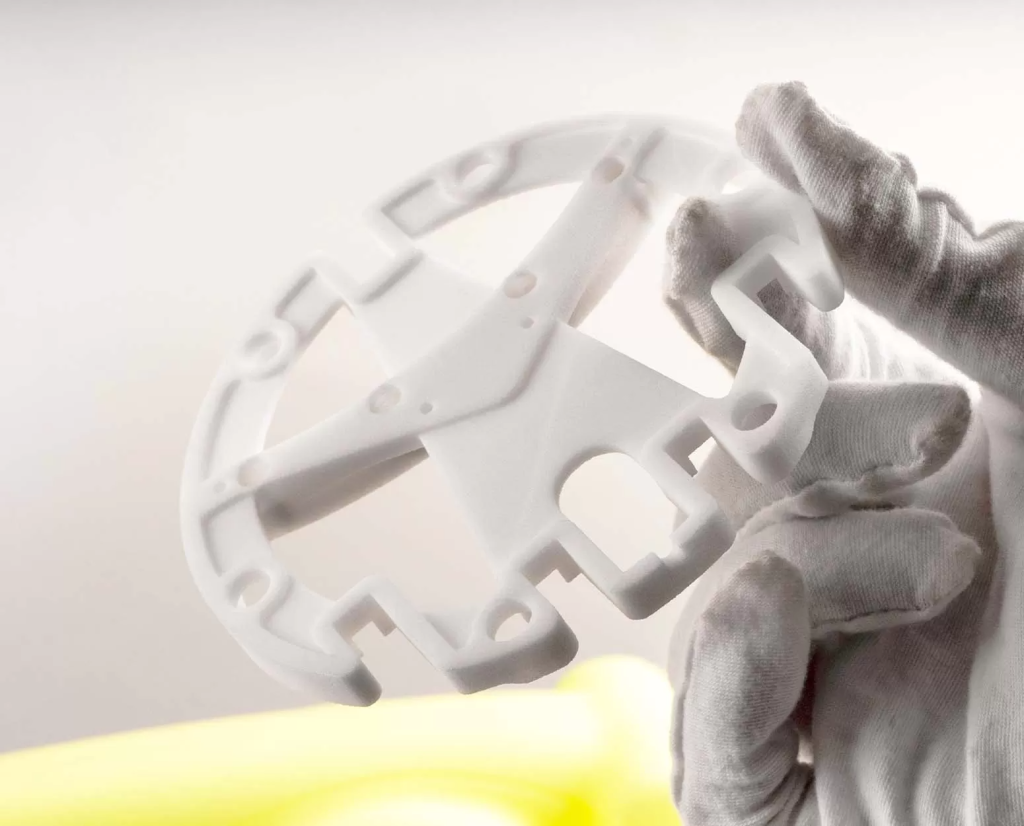
Get a quote / Get in touch
Please use the following formats:
.stl, .obj, .wrl, .step (.stp), .iges (.igs), .3mf, .dxf and .zip
100mb max file size (per file)
If you have a file type not listed, please contact us to discuss first.
- Mobile: +86 136 9212 5585
- WhatsApp: +86 136 9212 5585
- Email: [email protected]
Typical SLS Finishing Options
| Applicable Materials | Colors | Description | |
|---|---|---|---|
| Media Tumbling | All | – | Media tumbling, also known as vibro-polishing, is a process used to smooth the surface of SLS 3D printed parts. |
| Dyeing | All | Black, Pantone/RAL colours | Dyeing is the fastest and most cost-effective way to colour SLS parts. It is mainly used to improve aesthetics. |
Batch Production
Unlike other 3D printing process, with selective laser sintering, you can stack multiple prints both horizontally and vertically, through the x, y, and z axes. This makes it an excellent choice for low-volume production.
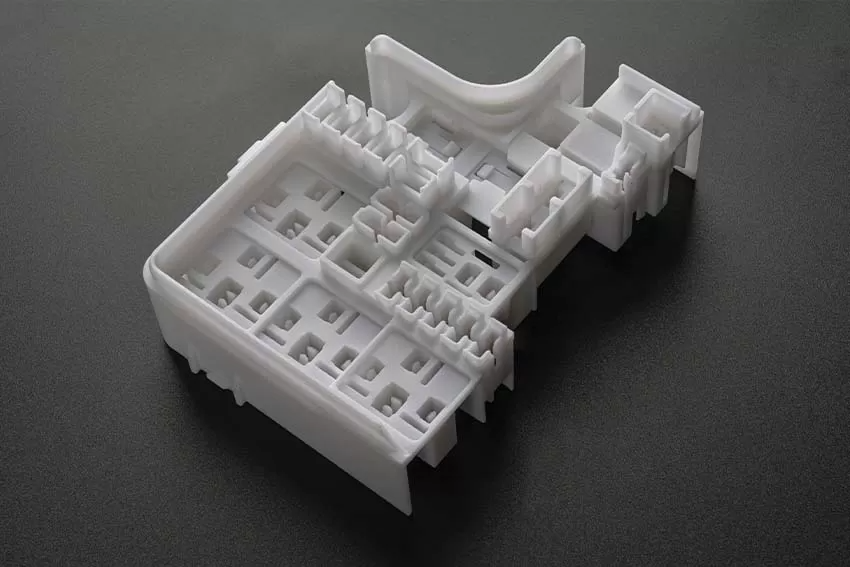
Design For SLS 3D Printing
SLS does not require support structures, allowing for greater design freedom. To take full advantage of this technology, it is important that you design for the process. Learn actionable design tips here.
About The Process
Selective laser sintering is a powder bed fusion (PBF) technology that uses a high-powered laser to sinter powdered material, binding it together to create a solid structure. Due to the surrounding powder, SLS can realise overhangs and complex features without support structures.
Advantages of SLS 3D Printing
Strong Functional Parts
Industrial SLS is an excellent choice for creating strong and durable parts with great accuracy. It can build parts for some of the most demanding applications.
No Support Required
The use of powder bed fusion means there is no support material required. This makes SLS capable of producing geometries that no other technology can.
Rapid Turnaround
SLS produces rapid prototypes and functional parts in as fast as 2 days, which allows parts to be tested much faster than via traditional methods.
SLS FAQs
SLS 3D printing is an additive manufacturing technology. A high power laser is used to selectively sinter small parts of polymer powder, fusing them together into a solid structure based on a 3D model by using a high power laser.
Nylon is the most common material used for SLS 3D printing – specifically Nylon 12, also known as Polyamide 12 (PA 12). Nylon is well-suited for complex assemblies and durable parts with high environmental stability because nylon parts are strong, sturdy and durable.
You can also print with Polyamide 11 (PA11), aluminium-filled nylon and carbon-fiber filled nylon.
Whilst SLA might be better for small features, SLS has the advantage over SLA in that the surrounding powder provides support to the parts during the build process, allowing it to produce overhangs and complex features without support structures.


